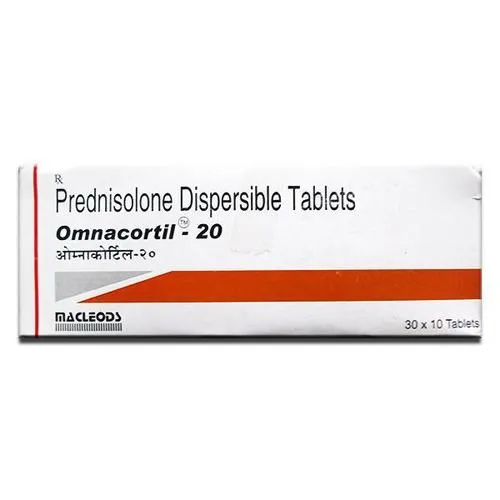Kenacort Injection
This is the guide to Kenacort Injection, an effective remedy which has many therapeutic advantages. In this article, we are going to discuss the Kenacort Injection in details with respect to its uses, dosage, reported side effects, precautions, other considerations, etc.
What is Kenacort Injection?
The Kenacort Injection is the corticosteroid medicine whose active ingredient is Triamcinolone Acetonide. It is a glucocorticoid which is famous with its anti-inflammatory and immuno-suppressing effect. The injection should be applied into the affected area in order to treat specific conditions.
Uses of Kenacort Injection
Kenacort Injection is recommended as the solution to various medical conditions because of its strong anti-inflammatory properties. Examples of some common uses are:
1. Joint Inflammation
The injection is commonly used to manage joint inflammation, including conditions like:
- Osteoarthritis
- Rheumatoid arthritis
- Bursitis
- Tendinitis
2. Allergic Reactions
The use of Kenacort Injection is applicable in serious allergies and anaphylaxis where other measures are ineffective.
3. Skin Disorders
Kenacort Injection is fast-acting in terms of providing relief to some skin diseases such as eczema and psoriasis by decreasing inflammation.
4. Respiratory Conditions
Kenacort Injection can be prescribed in certain patients with severe asthma attacks or allergic respiratory syndrome.
5. Eye Inflammation
In the case of inflammation of the eye disorders, the drug can be injected into the eye.
Dosage and Administration
Kenacort Injection is prescribed at a dosage level that is dependent on the exact medical condition and other special factors of the individual patient. Give attention to adherence to the indications given by your medical worker. It is usually injected by the medical practitioner directly into the affected joint, muscle or soft tissue.
Potential Side Effects
Kenacort Injection just like any other medicine, has side effects, which do not affect everyone. Among the side effects there would be:
- Temporary pain or discomfort at the injection site
- Skin thinning and discoloration (with repeated use)
- Increased blood sugar levels (especially in diabetic patients)
- Suppression of the immune system
- Increased susceptibility to infections
- Osteoporosis (with long-term or high-dose use)
It is essential to be aware of these potential side effects and promptly report any unusual symptoms to your healthcare provider.
Precautions and Warnings
Although Kenacort Injection is safe and effective as a whole upon its usage in context, some precautions are to be employed:
1. Pregnancy and Breastfeeding
Pregnant or breastfeeding mothers should not take Kenacort Injection without consulting the doctor, because they may be risky to the fetus or the baby.
2. Diabetes
As Kenacort Injection may increase the level of sugar in the blood, diabetic patients should keep under strict control their glucose level avoiding possible changes in the dose of medication.
3. Infections
The injection may suppress immune system, which induces people to infection. Do not touch or get into close contact with individuals with contagious diseases.
4. Long-term Use
The side effects associated with the prolonged use of Kenacort Injection involves thinning of the skin and osteoporosis. Patients undertaking prolonged treatment require regular check followed up by a medical expert.
Interactions with Other Medications
You should tell your health professional about every single supplement, herbal product or drug you take. Kenacort Injection can also interact with some medicines, change their effects, or cause side effects.
Conclusion
Kenacort Injection is an efficient drug that is helpful in the treatment of different kinds of inflammatory diseases and allergies. Both patients and healthcare providers need to become familiar with its uses, dosage, side effect, precaution as well as interactions.
The present article is always an informative guide, and it should not be used instead of professional medical advice. In case you came up with a set of certain concerns or questions related to Kenacort Injection, consult your medical advisor related to individual help..



